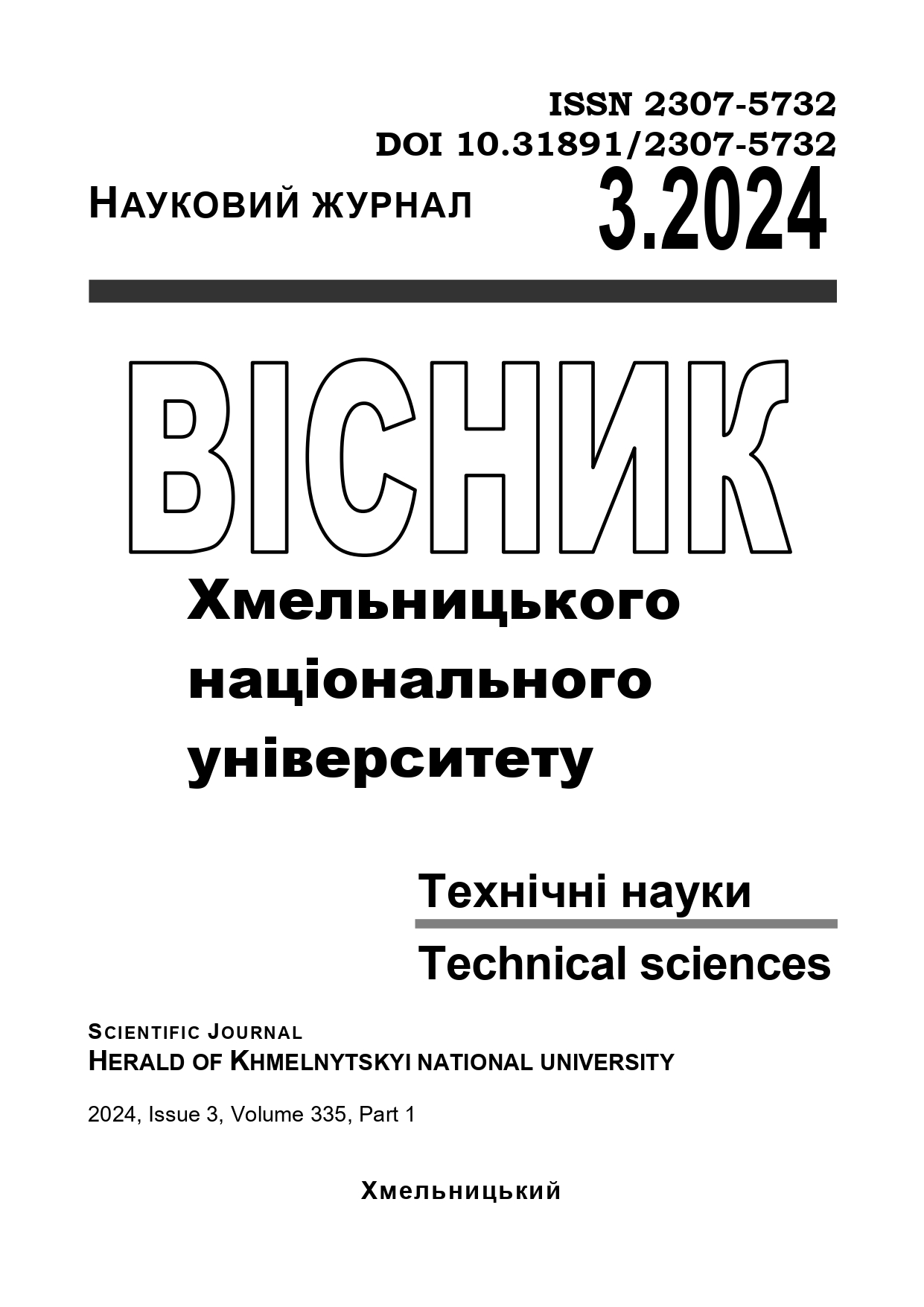STRUCTURING THE DESIGN PROCESS OF A STANDARD INFORMATION SOLUTION BASED ON EVENTS FOR THE CONCEPT OF A DIGITAL OIL AND GAS FIELD
DOI:
https://doi.org/10.31891/2307-5732-2024-335-3-7Keywords:
digital oil and gas field, event processing, semantic web, enterprise integration patterns, semantic event detection, emergency situation, ontology repositoryAbstract
The article delves into the key aspects of designing a standard information solution for a digital oil and gas field, emphasizing the importance of event-driven systems in this sector. It highlights that the oil and gas industry is characterized by high eventfulness and requires specialized automation systems and applications for technological processes. The authors note that the narrow technological focus of such applications leads to limitations in information exchange along specified scaling directions, which are critically important requirements for coordinated inter-functional activity aggregations. Effective event response demands proper attention to integration and aggregation strategies, facilitating information flows between entities. Event-oriented methods can be efficiently used for real-time strategic decision-making in managing technological processes, thereby reducing response time, costs, and enhancing the productivity of the entire automation system. Event processing is a research area that involves identifying relevant events, processing them, making decisions on actions for each event, and informing relevant personnel about the relevant technological event. In the oil and gas domain, implementing event-based systems and message exchanges combined with semantic methods can facilitate real-time communication between components of a digital oil and gas field, including across different software platforms. This approach not only helps in detecting heterogeneous events from various sources but also in processing them and making decisions on technological actions to be taken, using a knowledge base, thereby reducing the system's informational load and overall uncertainty. A typical scenario for the application of an event processing system is considered, involving an emergency at an oil and gas field that should trigger a response not only from the process operator but also from maintenance engineers, production managers, reservoir engineers, and other available personnel. The proposed event-driven system allows for quick fault detection through diverse data sources and taking appropriate measures while simultaneously informing relevant personnel, facilitating effective communication between teams and involved software systems.

